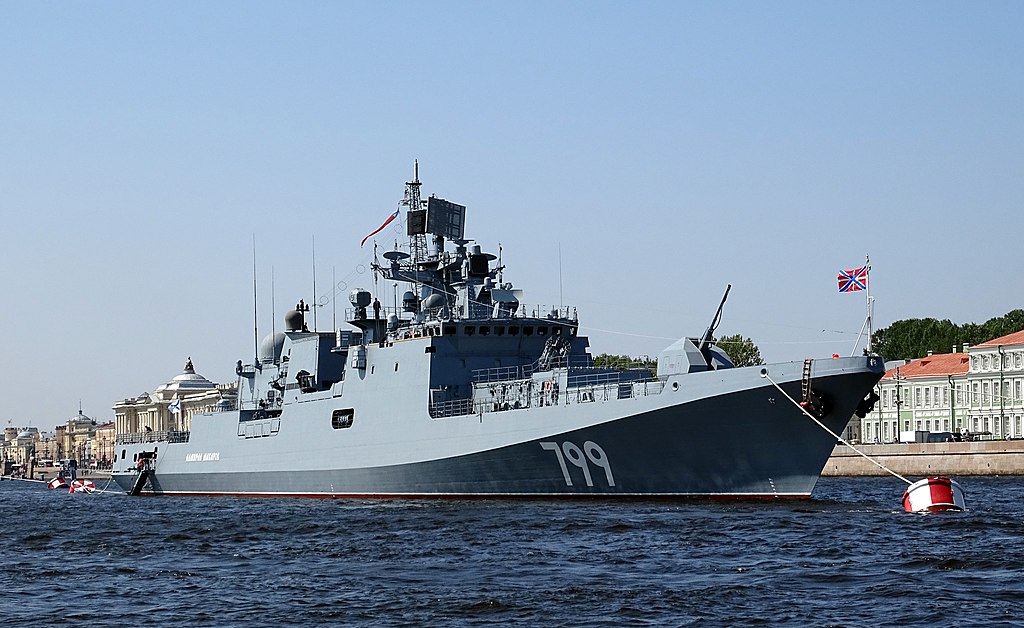Drone raid on Sevastopol this is no drill

I have two short pieces on the Ukrainian drone raid on Sevastopol. First, framing in historical terms:
While examples of harbor attacks abound throughout history (including at least one incident in the Peloponnesian War and several in the Napoleonic Wars), a combination of technological and doctrinal innovations conspired to make them more complicated in the 20th century. Indeed, in World War I harbor attacks became quite rare because of a combination of defenses including radio, air reconnaissance, short-range submarines and torpedo boats, and ocean mines. During World War II, however, naval tacticians schemed several innovative ways to attack enemy ships at their most vulnerable. In the wake of the Ukrainian attack on Sevastopol, the progression of harbor attacks is worth revisiting.
Then discussing the impact of the attack on the balance of power in the Black Sea:
The attack appears to have had only limited military effects, but it is important in strategic terms, because Russia can no longer count on the security of its anchorage at Sevastopol. The growing reach of Ukrainian weapons puts the viability of the base in great question. That is a problem for Russia, because the maintenance of a fleet anchorage at Sevastopol is crucial to Moscow’s aims in this conflict. Without Sevastopol, Russia would struggle to maintain a significant naval force in the Black Sea, as other available ports lack the natural and man-made facilities necessary to keep the fleet at readiness.
See also the New York Times report on the incident, and Jeff Schogol’s thinking on how this will affect future planning. It’s too early to declare this a transformative event in naval history, but we will see more attacks like this in the future.


